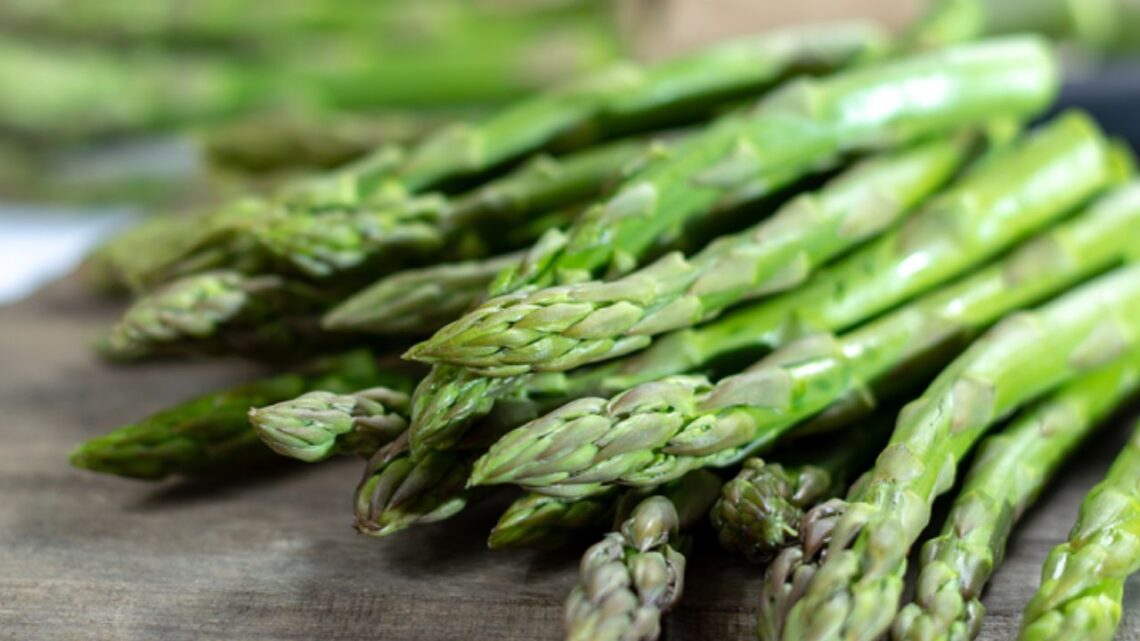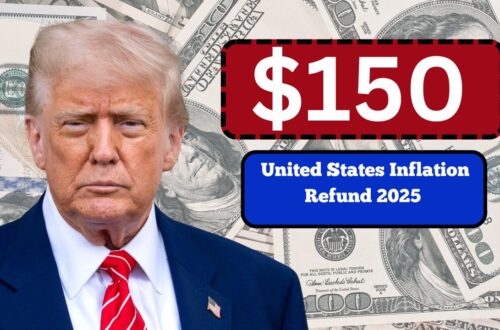Peru’s asparagus business is showing surprising trends in 2025: while they are exporting more by volume, their total export value hasn’t grown much.
How did that happen? And what challenges lie ahead? In this article, we will walk through Peru’s asparagus export story in 2025—the highs, lows, and what it means for the future.
Peru’s Year-Round Export Strength
One thing that makes Peru special in the world of asparagus is that it can produce and harvest all 12 months of the year. This gives Peru a strategic advantage when other countries cannot supply. Because of that, Peru can step into markets when others can’t.
The “Counter-Season” Strategy
Many European countries—like Spain, Italy, and Greece—have asparagus seasons only from March to May. They cannot produce at other times. Peru uses this “trade window” period wisely.
When local supplies drop in Europe, Peru supplies their markets. This counter-season strategy helps Peru maintain export flows even when others can’t.
To make this work, Peru needs smart trade planning and strong institutional support (like trade agencies and export policies) so they can spot and act on these windows early.
Peru Among Top Asparagus Exporters
Currently, Peru is the second-largest asparagus exporter in the world. It sells to over 80 countries and gets a good yield per hectare. Its global presence is strong because of consistent supply and strategic planning.
2025 Export Performance (January–August)
From January to August 2025, Peru’s asparagus exports showed an interesting contrast:
| Metric | Value (Jan–Aug 2025) | Change vs Previous Period |
|---|---|---|
| Export Volume | ~ 72,962 tons | +20% |
| Export Value | ~$ 256 million | +1% |
| Average Price | ~$ 3.50 per kg | –16% |
- The volume increased significantly—around a 20% jump.
- But the value (money earned) grew just a little — only 1%.
- That’s because the average price dropped about 16%.
Why Did Price Drop?
- Oversupply in some markets led to downward pressure on prices.
- Some local producers in those markets have lower logistics costs, so they can sell more cheaply.
- Logistics and transport costs also rose, especially in months with difficult maritime conditions, adding as much as $2 per kg extra cost in exports.
Still, Peru got an edge because Europe’s own production dipped — especially in Spain, where heavy rains reduced output. That gave Peru a chance to fill the gap and keep exports going.
Where Asparagus Grows in Peru
Peru cultivates asparagus across about 28,000 hectares, but the major regions are:
- La Libertad — about 50% of total area
- Lambayeque — ~ 21%
- Ica — ~ 20%
Though some farmers are cutting down the area (because of low prices and shifting to more profitable crops amid climate change), a few companies are expanding. They plan to add 100–150 hectares in 2025. With that, Peru hopes to boost production by over 25% compared to 2024.
Big Challenges Ahead
Even with volume growth, the sector is not free of trouble. Some key challenges:
- Price Pressure: When markets are flooded, prices tumble.
- Tight Profit Margins: Because competition is stiff, staying profitable is tough.
- High Export Logistics Costs: Especially maritime shipping — in some months, transport may cost up to $2/kg extra.
- Strong Competition: Mexico is a rival in North America, and Spain remains a powerful competitor in Europe.
All these factors limit how much Peru can expand further in exports.
In 2025, Peru’s asparagus exports tell a mixed story. On one hand, volume rose sharply—thanks to good weather, clever trade timing, and Peru’s ability to produce year-round.
On the other hand, the value did not grow much, mainly because prices fell under market pressure and logistical costs ate into profits. The country’s strong regions—La Libertad, Lambayeque, and Ica—remain the backbone of production.
But the future is not without risks: competition, transport costs, and market saturation are real threats. How Peru handles these—balancing growth and cost control—will decide whether its asparagus sector continues to thrive or faces decline.









